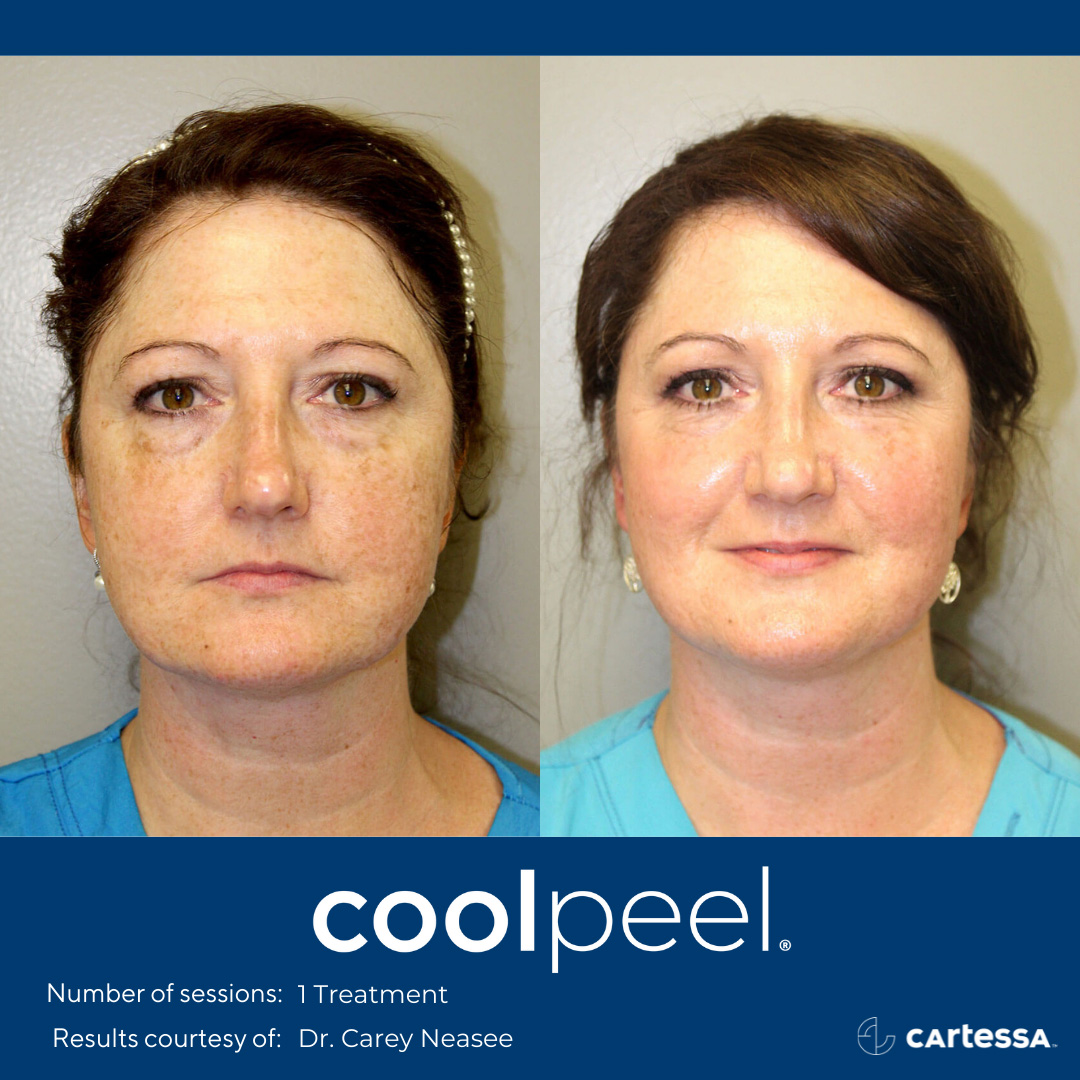Exploring the current Fads in Dermatology: Technologies and Therapies
As the field of dermatology proceeds to advance, groundbreaking technologies and ingenious therapy strategies are changing individual care. From the increase of telemedicine to the boosting use of artificial intelligence, these advancements offer improved diagnostic precision and individualized therapy options.
Introducing Technologies in Dermatology: A Closer Look

The Surge of Personalized Dermatology Treatments
With the advent of advanced innovations in dermatology, a significant change is observed in the direction of more individualized treatment strategies. These methods often originate from the understanding that each person's skin is special, calling for personalized care. Ultherapy. Tailored treatments intend to attend to specific skin worries based upon genetic info, lifestyle elements, and individual responses to treatments
Customized dermatology treatments can range from bespoke skin care items to customized therapeutic strategies. These techniques have actually proven efficient in managing different skin conditions, including acne, eczema, rosacea, and early aging. They also minimize the danger of unfavorable responses, as therapies are straightened with the client's particular skin profile. The surge of tailored dermatology therapies represents a profound modification in patient treatment, highlighting the person's unique needs and reactions.
Dermatology and the Effect of Expert System
While tailored therapies transform individual treatment in dermatology, another substantial improvement is brought about by the assimilation of artificial knowledge (AI) AI's prospective expands to predicting treatment outcomes and personalizing treatment plans, boosting the effectiveness of the existing practice. Despite these hurdles, the impact of AI on dermatology is obvious, directing towards a future where innovation and human proficiency work in tandem for enhanced individual treatment.
The Growing Popularity of Non-Invasive Dermatological Treatments
In the world of dermatology, a notable shift is being observed in the direction of non-invasive treatments. These innovative techniques, such as laser microdermabrasion, therapy, and chemical peels, link are getting popularity due to their minimal recuperation time and decreased threat of complications. The trend reflects a broader societal choice for quick, efficient treatments with little interruption to day-to-day live. In addition, non-invasive procedures frequently offer an even more budget friendly alternative to surgical interventions, making them accessible to a larger populace. This advancement in dermatology not just illustrates technical advancements in the field but likewise indicates transforming client expectations and desires. As this industry proceeds to expand, it is expected to form the future of skin-related treatments considerably.
Arising Organic Treatments in Dermatology
Are biological treatments the next frontier in dermatology? Various other organic therapies, like TNF preventions and IL-12/ 23 inhibitors, have actually likewise shown promise. Their development stands for a significant shift in skin-related therapy approaches.
Verdict
Personalized therapies and arising organic therapies are redefining patient care. As dermatology continues to adapt and expand, it stays a dynamic area that is poised to deliver progressively efficient and targeted treatments.
As the field of dermatology proceeds to develop, groundbreaking innovations and ingenious treatment techniques are transforming person care.With the introduction of sophisticated modern technologies in dermatology, a significant change is observed in the direction of even more personalized treatment strategies. Tailored therapies intend to address certain skin issues based on hereditary Find Out More details, lifestyle factors, and specific responses to treatments.
The More Help increase of tailored dermatology treatments indicates an extensive modification in patient care, emphasizing the individual's unique needs and feedbacks.
